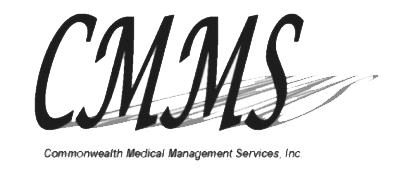
Electronic health records (EHRs), or electronic medical records (EMRs), are quickly becoming the industry standard when it comes to charting patient visits, including symptoms, test results, diagnoses, treatments, notes, and any other pertinent information that used to go into paper records. There are a lot more benefits to these digital systems than merely the speed of typing in information rather than writing it by hand.
The use of electronic medical records software has revolutionized the way patient information is entered, stored, and shared, increasing efficiency not just in the office or hospital setting, but on an industry-wide scale. Plus, the ease of access is unparalleled.
Of course, any time a new system is implemented there are bound to be kinks, and with the onus on medical professionals to protect sensitive, personal data on behalf of patients, security is a natural concern with any type of practice management software. How can healthcare providers reduce risks to ensure that confidential information isn’t lost, stolen, or misused?
Although electronic health records software is a relatively new addition to the medical industry, security is a top priority for EMR programs. Healthcare providers can also do a lot on their end to prevent data theft or loss. Here are a few tips to reduce risk when implementing a new EHR system.
Comparison Shop
Although you are a healthcare provider, you’re also a consumer in some instances, including any time you purchase equipment or software for use in your practice. You must therefore exercise due diligence when it comes to comparison shopping and finding the right products to enhance your business.
Speak with Colleagues
While shopping around is smart, you don’t necessarily have to reinvent the wheel. To some degree you can rely on the valuable information and advice provided by trusted colleagues that already have some experience with EMR systems.
There are two good reasons to ask for referral before you select new EMR software. First, you probably want to try to get a system that other healthcare providers in your area use to make it easier to share patient information when necessary (as when a patient must go from a primary physician to a specialist or when a physician must access ER records).
In addition, your colleagues can offer you opinions and anecdotes regarding programs they like, as well as those that should be avoided. The information provided by users can be a lot more valuable than the spiel you get from a manufacturer.
Understand Security Features
The security of confidential patient information is of paramount concern both because of your duty to clientele and because of privacy laws. In other words, it is essential that you understand the security features offered by EMR software before you buy.
Make sure that it is compatible with any security you currently have in place (firewall, antivirus/anti-spyware software, encryption, etc.) and don’t forget to ask if there are ways to upgrade or include additional security features such as two-step verification for login.
Understand Functionality Features
While the risk factors that concern you may center on ensuring that data breaches don’t compromise the privacy of patients, it’s also important to make sure that the EMR system you choose enhances patient care. If, for example, the system doesn’t provide the functionality you need in your office or hospital setting, it’s possible that crucial information might not be entered or that it may be buried, potentially degrading the quality of care a patient receives.
One feature you might want to look for is the ability to customize templates to suit the particular needs of your practice. This can ensure that nurses, doctors, and other staff are prompted to enter all of the information needed to provide proper care. You know better than anyone what your practice needs, so make sure the features provided by your program of choice suit your requirements.
Train Employees
It doesn’t matter how good the functionality and security features are if your employees don’t know how to use EMR software appropriately. Unless you want your staff to be the weak link in the chain, it is imperative that you engage in appropriate EMR training.
Many programs include tutorials, but you should see if training sessions are offered by the manufacturer as a way to ensure that all healthcare professionals can hit the ground running when a new system is implemented. This will ensure fewer errors, greater security, and reduced risk from the get-go.
